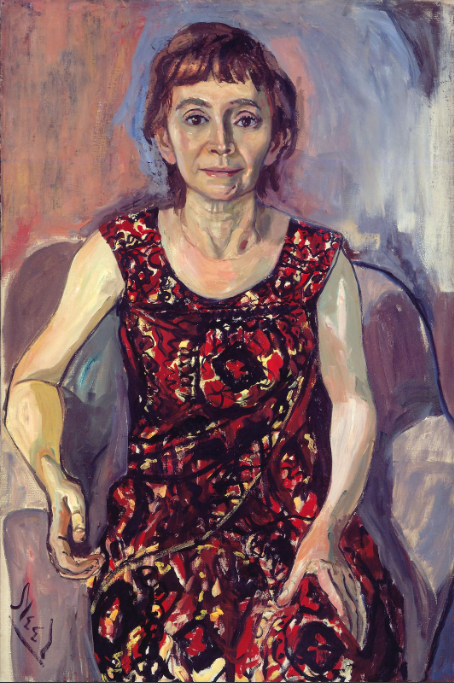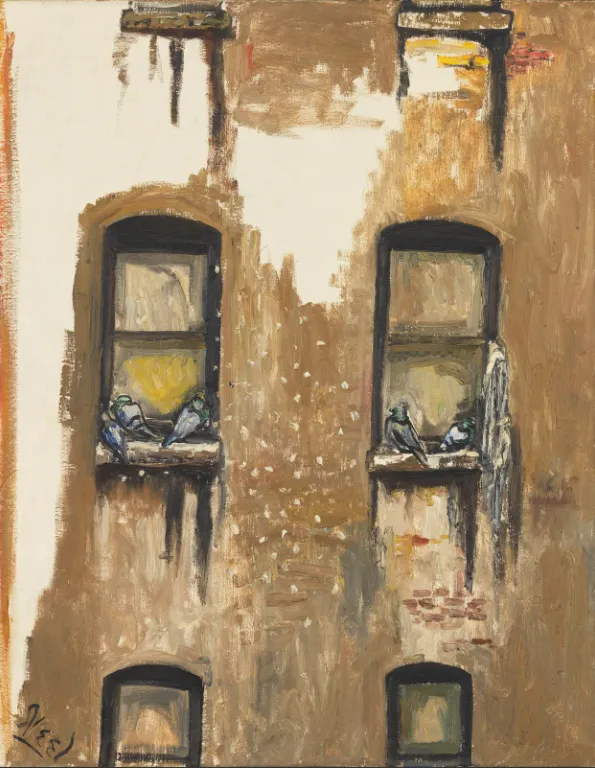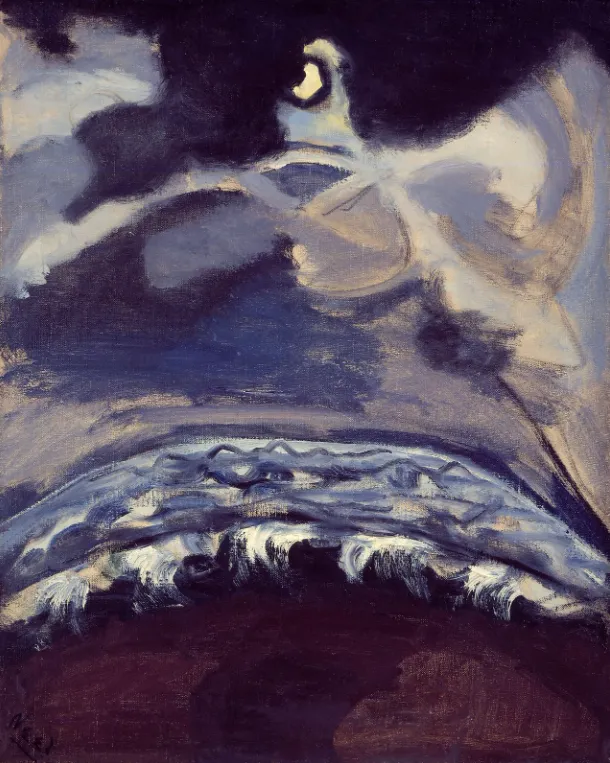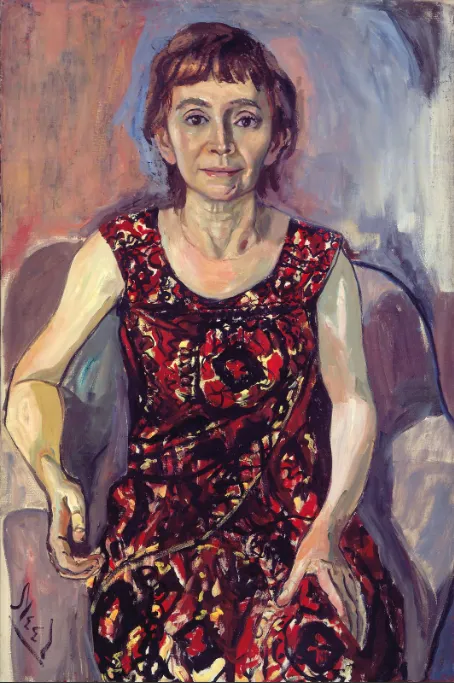
Alice Neel
Alice Neel was an acclaimed American visual artist specializing in figurative painting. Renowned for her expressive portrayal of friends, family, lovers, poets, artists, and strangers, Neel's distinctive style featured a blend of line and color, marked by psychological insight and emotional depth. Choosing to capture the "basic facts of life," she left a lasting impact on the art world.
Biography of Alice Neel
Born in 1900 in Merion Square, Pennsylvania, USA, Alice Neel harbored a passion for art from a young age, despite limited exposure to the artistic world.
Upon graduating high school in 1918, Neel pursued a high-paying clerical job through a civil service exam to support her parents. Balancing work and night art classes in Philadelphia, she later joined the fine art program at the Philadelphia School of Design for Women (now Moore College of Art & Design) in 1921, graduating in 1925.
In 1924, Neel encountered Carlos Enríquez, an upper-class Cuban painter, at the Chester Springs summer school run by PAFA. They married in 1925, and Neel moved to Havana, immersing herself in the Cuban avant-garde scene and cultivating her political consciousness.
Returning to the United States in 1927, Neel and Enríquez exhibited together in the 12th Salon des Bellas Artes. However, tragedy struck in 1930 when Carlos returned to Cuba, taking their second daughter Isabetta. Overwhelmed by grief, Neel experienced a nervous breakdown, leading to hospitalization and a suicide attempt. Released in 1931, she returned to her parents' home.
During the Depression, Neel joined the Works Progress Administration, creating realist works depicting Depression-era scenes and Communist figures.
In the 1930s, Neel relocated to Spanish Harlem, focusing on painting her neighbors, especially women and children. The 1940s saw her contributing illustrations to the Communist publication Masses & Mainstream, but WPA's discontinuation in 1943 posed financial challenges.
Between 1940 and 1950, Neel's art had minimal gallery presence, but in the 1950s, her social realist work gained attention, thanks to her friendship with Mike Gold, leading to a show at the Communist-inspired New Playwrights.
Inspired by her pregnant friends in the mid-1960s, Neel painted a series of nude pregnant women. On October 13, 1984, surrounded by her family, she passed away of advanced colon cancer in her New York City apartment, leaving behind a remarkable legacy in American art.
Alice Neel's Art Style
In her early works as a student, Alice Neel deliberately turned away from the prevailing impressionism of the time and embraced the Ashcan School of Realism.
In 1927, Alice Neel returned to the United States with Carlos Enríquez, settling in New York. Unfortunately, their daughter Santillana died from diphtheria. This tragic event deeply influenced Neel's art, establishing a thematic foundation centered on motherhood, loss, and anxiety that persisted throughout her career.
Describing the summer of 1930 as one of her most productive periods, Neel created her earliest female nudes during this time. Transitioning from painting portraits of ordinary individuals, family, friends, strangers, and art critics, she shifted her focus to female nudes. Neel liberated her female subjects from prevailing societal norms, granting them identity and agency. Her art challenged traditional gender roles, often depicting women in social interactions or public spaces, confronting the established "Spheres of Femininity."

By the mid-1960s, the pregnancies of many of Neel's female friends inspired her to create a series of nude paintings featuring pregnant women. This artistic endeavor coincided with the burgeoning women's movement, catapulting Neel into the spotlight as an icon for feminists.
In 1970, she received a commission to paint feminist activist Kate Millett for the cover of Time magazine. Despite Millett's refusal to sit for Neel, the magazine cover was ultimately based on a photograph, marking a notable intersection of Neel's art with the evolving feminist narrative.
Years:
Born in 1900
Country:
United States of America, New York
Gallery:




